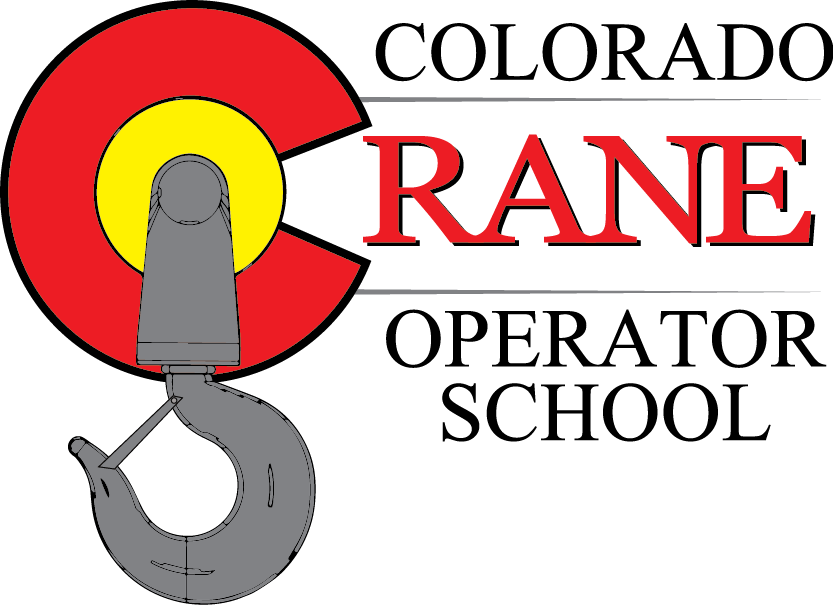Wind & Cranes in Construction
There are a few keys to remember for safe crane operations and the variable that wind plays, both sustained and gusting, that need to be considered every single day! The following information is general guidelines only on safety precautions that should be considered for crane operations and the effects of wind.
When working in windy conditions, consider the following:
The Load: Every load has its own unique characteristics.
Wind Resistance (SAIL EFFECT)
The shape and size of a load will have a major impact on the stability and the loading of a crane along with the wind speed and direction. This may cause the load to move uncontrolled or the crane to exceed known limits. When lifting, consider the cross section of the load exposed to the wind direction relative to the loads weight. Use tag lines where possible while ensuring the manufacturers guidelines and restrictions on wind speed to crane configuration (which can vary significantly for one crane) are followed.
Weight of the load
If the load is moved/pushed out of radius or side-ways the crane may fail as the manufacturers listed capacities for the crane are exceeded. This may result in structural or tipping failure from side loading of the boom to exceeding the safe working load of the crane.
Typical maximum operating wind speeds are:
Mobile Cranes 9.8 m/s (22 m.p.h.) Beaufort Scale 5
Crawler Cranes 14 m/s (31 m.p.h.) Beaufort Scale 6
Tower Cranes 20 m/s (45 m.p.h.) Beaufort Scale 8
*The following descriptions may be used for the Beaufort Scale values shown below:
Beaufort Scale 5: Fresh Breeze Small trees in leaf begin to sway, crested wavelets form on inland waterways
Beaufort Scale 6: Strong Breeze Large branches in motion, whistling heard in telephone wires, umbrellas used with difficulty
Beaufort Scale 8: Gale Breaks twigs off trees; these winds will generally impedes progress
Manufacturers Limit
Every Make and Model of crane has its own limits set by the manufacturer based on the crane and its configuration. There may be limits for setup and for operation specified by the manufacturer. These limits should never be exceeded.
Crane Operators Limit
The Crane Operator is the most experienced person on the crane. The crane operators experience and knowledge of the load and manufacturers specification is crucial. The Crane Operator is also the best person to take into account the wind direction and boom configuration.
For example: Wind forces acting on the rear of the boom can result in decreased forward stability, Wind forces acting on the underside of the boom can result in decreased backward stability, while winds acting on the side of the boom can result in side loading forces leading to structural damage or failure.
The Crane Owners Limits
The crane owner/user of the crane may set limits under their responsibilities for the crane as stated in the applicable ASME and OSHA Regulations. The owner of the equipment is often also the most experienced in the region of operation and limitations set by manufacturer. They know the structural competency of the crane and capability of the operator on the equipment.
The Site Limit
Every jobsite and its layout, as well as its terrain will be different. The owner/prime contractor of the site is often the most experienced person in local conditions and may set a limit on activities based on the site.
The wind speed factors should take into account the speed the wind is gusting to in the area of operation, its frequency and duration.
Always remember that safety should remain as top priority when operations are taking place, do not let schedule or production take the drivers seat in making the decision to proceed when wind or other factors could compromise the situation!
Joe Toth – Author




